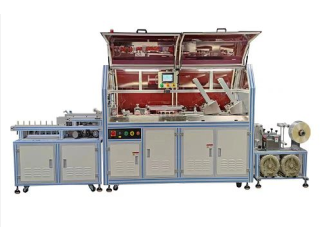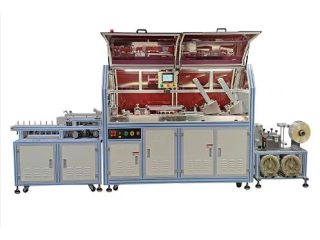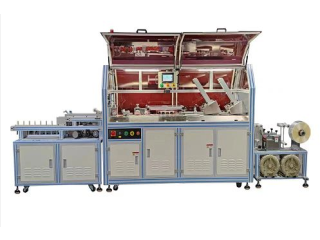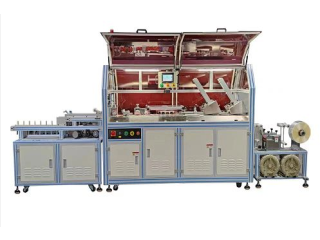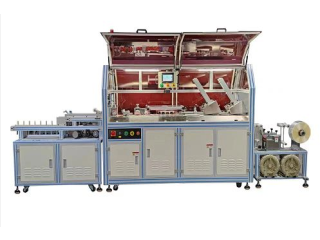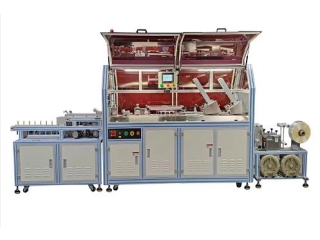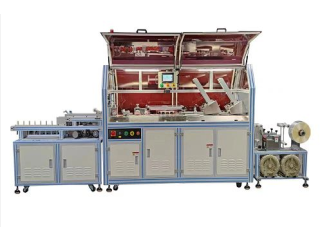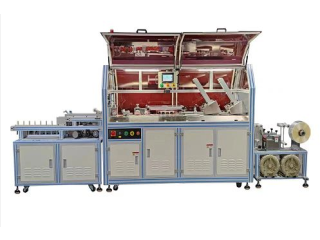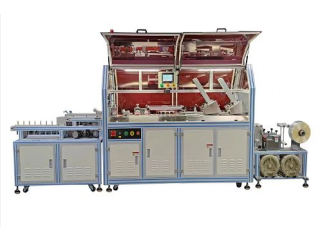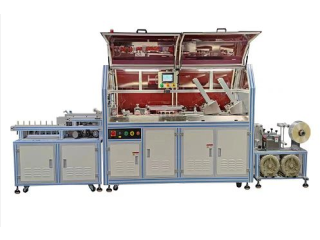Emerging Technologies in Warp Knitting
Feb 15th, 2022 at 11:48 Automobiles Battagram 282 viewsEmerging Technologies in Warp Knitting
Warp knitting is a process in which the yarn is knitted up wards instead of a single row, following the adjacent columns known as wales. In warp knitting the total number of individual yarns is equal to the total stitches in a row. Warp knitting is done only by a machine, not by hand.
Warp knitting comprises many kinds of fabrics, such as raschel knits, tricot, and milanese knits. Tricot is usually used in lingerie making. Milanese is firmer, stable, smoother and costly than tricot, so it is utilized in high-end lingerie. Raschel knits are not so stretchable and are usually bulky, so they are normally used in making unlined material like jackets, coats, dresses and straight skirts.
History of warp knitting
Two names, William Lee and Karl Mayer are considerably related with the commencement of warp knitting. In 1589 William Lee applied for patent of his first machine for making knitted articles, in that way he laid the foundations for mechanical manufacturing and making the technical base to develop warp knitting technology.
In 1947, the insightful entrepreneur and mechanic, Karl Mayer showed off first warp knitting loom. The FM 48 was compiled two guide bars, and with bearded needles, attained a speed of 200 rpm. It marked the starting of technical era in pioneering leaps in the field of warp knitting.
Karl Mayer, in 1953 launched his company's first raschel loom into the factories. These warp knitting machines was working with upto four guide bars, used a four-roll take up system to allow fabric beams alterations without stopping the machine. It had a pattern-box with pattern discs or chain elements. The technology of these high-performing warp knitting machines were enhanced from one generation to the other, considering to improvise the product technology, equipping for added facilities like blind lap tools for producing knitted plisse, or sinkers with two pieces, and easily movable sinkers or pattern pressers.
The market witnessed inventions of new machines in the year 1954, the first elastic raschel machine and first tulle raschel knitting machine. In 1955 'Super Garant' series marked its name on the market. 1956 saw the first warp knitted lace machine, featuring 12 guide bars. First curtain raschel machine was introduced in 1958 and first carpet raschel machine in 1959. The success story continued in 1967 with a launch of the first fall plate multibar raschel machine and jacquard raschel machine weft insertion, along with other series. Following gradual developments led more diversity into the product range of lace raschel machines. A significant move in this process was the execution of the jacquard theory in warp knitting.
The lace raschel machines were working with nearly 57 guide bars by the year 1981. This series was first ever set with an electronic control system. In the starting of 80s, the summator, an electromechanical pattern guide bar control was introduced. The summator included slide elements, featuring defined curves on the end surfaces. Now, a pattern control computer conquest the work of supervising the pattern guide bars.
For a long period this technology was followed in the 'Jacquardtronic' and 'Textronic' series of lace raschel machines, with up to 78 guide-bars. Alike these developments, enhance also had been witnessed on the ground of automatic warp knitting machines.
Technological Emergence
In 2003, the new generation machines in the warp knitting were displayed at ITMA, Birmingham. The machines were equipped with individual motors to feed thread, fabric take-up and rolling-up, with all easy navigation. All machines had network systems with latest computers. The computer merges a motion control and a PLC for machines sequence control.
The user can operate knitting machine through Internet and intranet communication. Among the others, one computer is using ALC's 'ProCad' software, which guarantees well-organized pattern creation and error free online connection to machines. In addition, ALC software PROFAB and PDA computer also presents output data management facilities.
Two next generation technologies are introduced in the field warp knitting. The HKS3-M knitting machine complies continuous thread supervising, utilizing the scanning system and Protechna, an independent thread stabilization system for loose threads, and the roll-ups. It works on the base of specific and constantly variable selection of stitch range, featuring continuous winding tension and tremendously uniform package structure excluding complicated gear-wheel changes.
knitting, production of fabric by employing a continuous yarn or set of yarns to form a series of interlocking loops. Knit fabrics can generally be stretched to a greater degree than woven types. The two basic types of knits are the weft, or filling knits—including plain, rib, purl, pattern, and double knits—and the warp knits—including tricot, raschel, and milanese. In knitting, a wale is a column of loops running lengthwise, corresponding to the warp of woven fabric; a course is a crosswise row of loops, corresponding to the filling.


